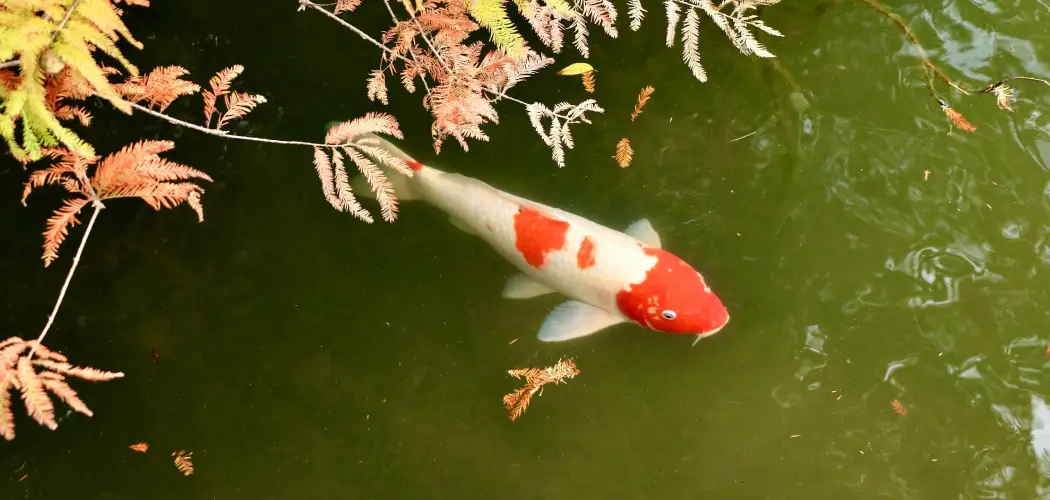As you meander down the forest path, you come across a beautiful hidden pond surrounded by lush greenery. Curious if this secluded body of water may be home to any inhabitant fish, you crouch down by the shoreline and peer intently into the murky depths, searching for any signs of scaly movement below. Would that hidden pond in your backyard hold some fish just waiting to be caught?
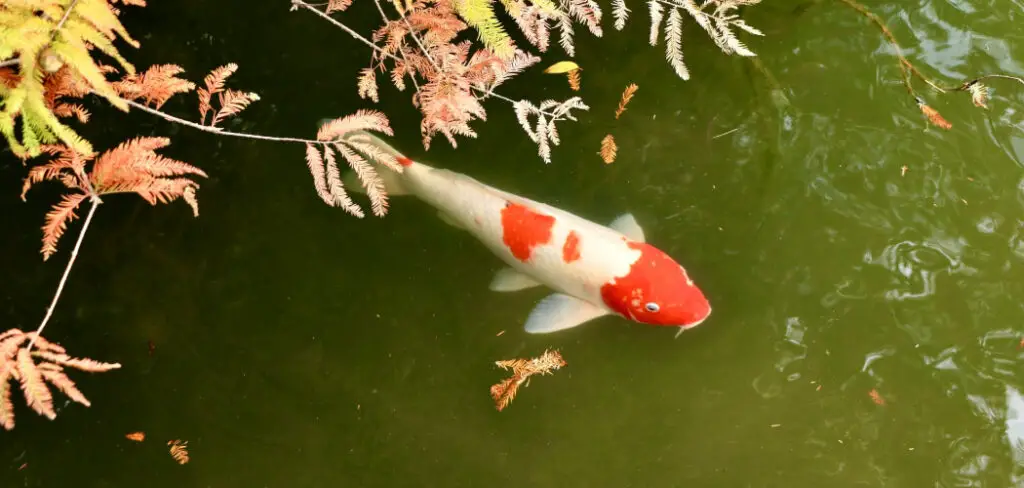
As an avid fisherman since childhood, I’ve come to learn a few tricks over the years for determining if a body of water has any fish living in it. However, the water appears still and lifeless.
While you can only know for sure by sampling the pond yourself, some signs you can look for may provide helpful clues. You begin to wonder – is this picturesque pond truly barren, or are there, in fact, fish living unseen in its calm waters? In this post, I’ll share the top indicators on how to tell if there are fish in a pond that can help give you an idea of whether there could be fish swimming below the surface.
From examining the shoreline to studying the behavior of other aquatic life, applying these techniques to your pond will give you a better sense of its potential to harbor some tasty trout or bass. Let’s dive in, and I’ll explain what to look for.
Necessary Items
Before diving into the different methods of detecting fish, gathering a few essential items is crucial. These include:
- Polarized Sunglasses: These specialized glasses help reduce glare and improve visibility in water, making it easier to spot any movement or shadows below the surface.
- A Stick or Pole: This will be used for probing and stirring up the bottom of the pond to uncover any hidden fish.
- Fish Food: If you can access some fish food, bring it along. This will serve as a bait and entice any fish in the pond to come closer to the surface, making them easier to spot.
10 Tips on How to Tell if There Are Fish in a Pond
Tip 1: Look For Shadows
As you peer into the water, look for dark or moving shadows. These could be signs of fish swimming around. Remember to use your polarized sunglasses for better visibility.
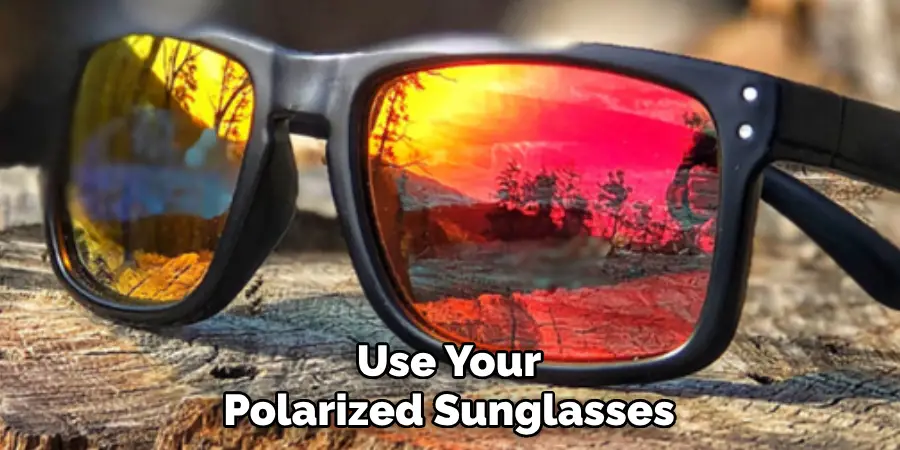
Tip 2: Observe the Edges
Fish often hide along the pond’s edges, so scan along the shoreline and any submerged vegetation for signs of movement or shadows. Use your stick or pole to stir the water and see if any fish dart away.
Tip 3: Keep an Eye Out for Bubbles
Bubbles are a great indicator of fish presence. If you spot bubbles rising to the surface, it could be from fish feeding or swimming below. Try to follow the bubbles and see if you can spot any fish.
Tip 4: Look for Disturbances in the Water
If you notice ripples or movement in the water, chances are fish are swimming around. Keep your eyes trained on that area and wait patiently for a glimpse of any scaly inhabitants.
Tip 5: Listen for Fish Activity
Sometimes, you may not be able to see any signs of fish, but you can hear them instead. Pay attention to any splashing or jumping sounds, which could indicate the presence of active fish in the pond.
Tip 6: Use a Fishing Rod
If you can access a fishing rod, try casting a line with some bait into the pond. If you get any bites or catches, it’s a sure sign that there are fish in the pond.
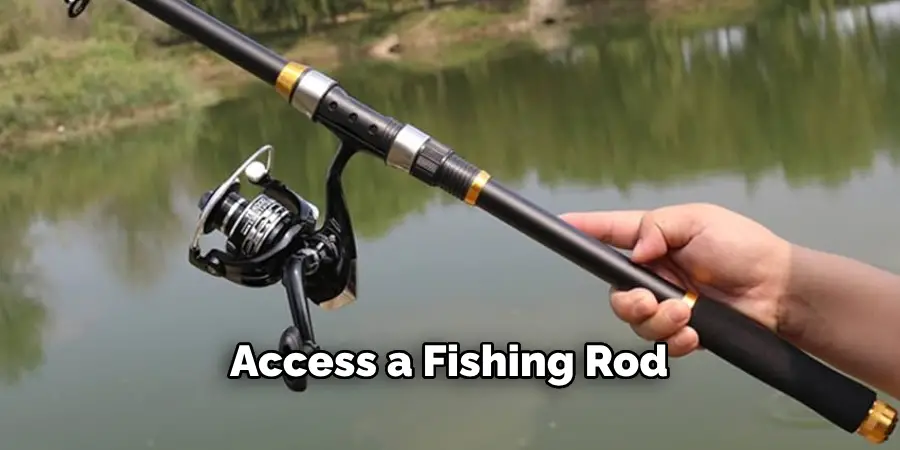
Tip 7: Bring a Net
If you have a slight dip net, bring it along and gently scoop up water from various areas of the pond. Check the net for any small fish or other aquatic creatures living in the pond.
Tip 8: Watch for Fish Food
If you brought some fish food, scatter it on the water’s surface and observe closely. If there are any fish in the pond, they will likely come to the surface to feed.
Tip 9: Use a Flashlight at Night
Some fish may be more active at night, so return to the pond after sunset. Use a flashlight to scan the water’s surface and look for any reflections or movements indicating fish activity.
Tip 10: Consult With a Local Expert
Consider consulting with a local fish or wildlife expert if all else fails. They will have knowledge and experience specific to your area and can provide valuable insights on whether fish are in the pond.
Just because you can’t see any fish at first glance doesn’t mean they don’t exist! By following these tips and techniques on how to tell if there are fish in a pond, you can increase your chances of detecting fish in a pond, even when they may seem invisible.
So next time you come across a hidden body of water put these methods to the test, and you may be surprised by what you find lurking beneath the surface. Happy fish spotting! So, don’t hesitate to explore new ponds and try these techniques.
You never know what hidden aquatic creatures you may discover! Remember always to respect the environment and practice responsible fishing practices if you do decide to catch any fish.
8 Things to Avoid When Fishing in Ponds
1. Using Illegal or Prohibited Methods of Fishing
Always check the local regulations and laws regarding fishing in ponds. Using illegal or prohibited fishing methods damages the ecosystem and can result in hefty fines.
2. Overfishing
Be mindful of how many fish you catch and release, as overfishing can negatively impact both fish populations and the overall health of a pond. If you plan on keeping any caught fish, follow local guidelines for sustainable fishing.
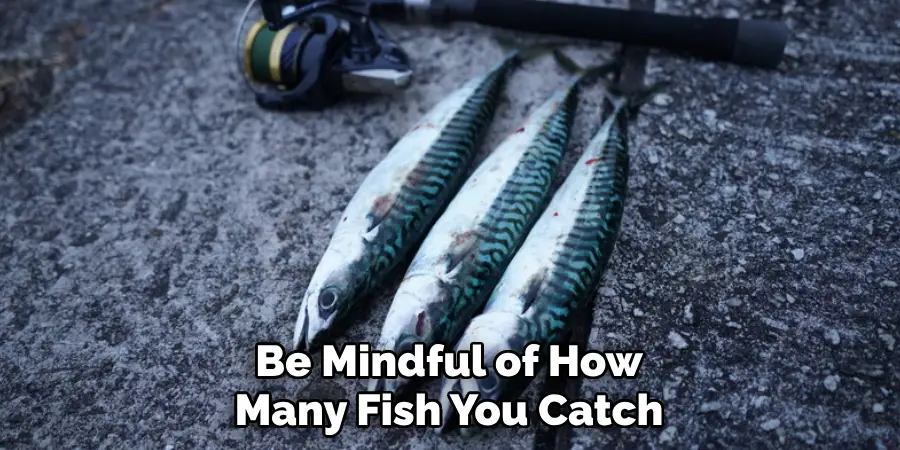
3. Using Harmful Bait or Lures
Avoid using bait or lures that can harm the pond’s fish or other aquatic life. Opt for natural baits like worms or small insects instead of synthetic options.
4. Littering
Always clean up and properly dispose of trash or fishing gear. Litter can harm fish and other wildlife, as well as the overall cleanliness of the pond.
5. Disturbing Other Wildlife
When fishing in a pond, be mindful of other wildlife that may call it home. Avoid disturbing their habitat and try to leave the area as you find it.
6. Fishing in Private Property
Always make sure to have permission before fishing in a pond located on private property. Trespassing is not only illegal but also disrespectful to the property owner.
7. Using Heavy Equipment or Vehicles
Avoid using heavy equipment or vehicles near ponds, as they can cause damage to the shoreline and potentially harm any fish or other aquatic life in the area.
8. Ignoring Safety Precautions
Always practice safety when fishing in ponds, especially if you are unfamiliar with the area. Wear appropriate clothing and footwear, bring a first aid kit, and never fish alone. Always be aware of your surroundings and hazards like deep water or slippery rocks.
Remember, fishing is a fun and relaxing activity, but it’s essential to prioritize safety for yourself and the environment. By avoiding these common mistakes, you can help preserve the beauty and health of ponds for generations to come.
8 Additional Tips for Pond Fishing
1. Be Patient
Fishing in ponds may require more patience than in other bodies of water. Be prepared to wait for a while before getting a bite.
2. Bring the Right Equipment
Make sure to have the appropriate fishing gear for pond fishing, such as a smaller rod and reel, lightweight lures or bait, and polarized sunglasses.
3. Experiment With Different Techniques
Ponds can be unpredictable, so don’t be afraid to switch up your fishing technique if one isn’t working. Try using different lures or bait, adjusting your casting distance, or changing your retrieval speed.
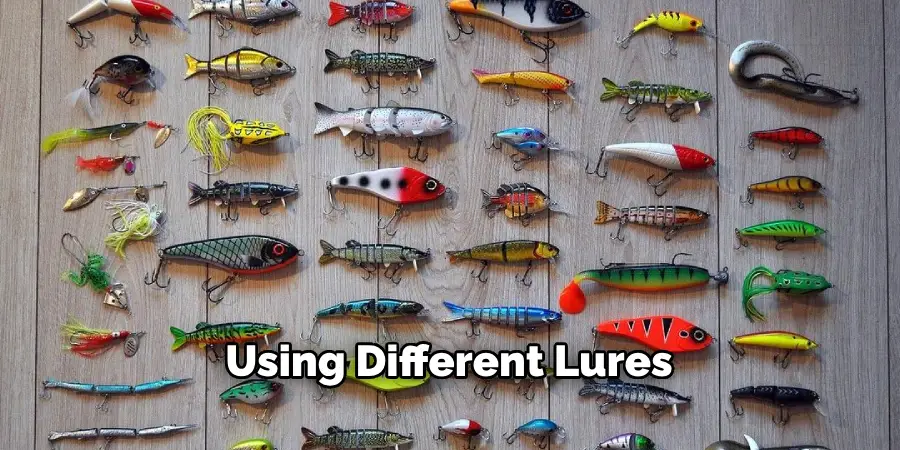
4. Pay Attention to Weather and Water Conditions
Wind, temperature, and water clarity can significantly impact fish behavior. Keep an eye on these conditions and adjust your approach accordingly.
5. Use Natural Camouflage
Wear clothing that blends with your surroundings, such as earth tones and patterns, to avoid spooking fish.
6. Stay Hydrated and Protected
Remember to bring water, sunscreen, and bug spray when fishing in ponds. These essentials will keep you comfortable and protect you from the elements.
7. Practice Catch and Release
Consider releasing caught fish back into the pond to help maintain a healthy ecosystem. This also allows other anglers to enjoy catching the same fish in the future.
8. Have Fun!
Remember, fishing is meant to be enjoyable. Keep going if you don’t catch anything or make mistakes, and always have respect for the environment and fellow anglers. Happy fishing! So, next time you head out to a pond, keep these additional tips in mind for a successful and enjoyable fishing experience. Happy fishing!
Although the pond itself may be small, the possibilities are endless when it comes to what you can discover there. With these tips and techniques, you’ll be sure to have a great time exploring and catching fish in ponds like a pro. So grab your gear and get ready for some pond fishing adventures!
Frequently Asked Questions
Do I Need a Fishing License to Fish in Ponds?
It depends on the local regulations and laws. Make sure to check with your state or provincial government for specific guidelines.
Can I Fish in Any Pond?
No, always make sure to have permission before fishing in a pond located on private property. It’s also essential to respect posted signs or rules regarding fishing in certain ponds or bodies of water.
What Should I Do If I Catch a Rare or Endangered Species?
Release it back into the water immediately and report your findings to the proper authorities. Protecting and preserving rare or endangered species in their natural habitats is essential. So, always be aware of the different types of fish that may inhabit the pond you are fishing in.
What Are Some Good Ponds for Fishing?
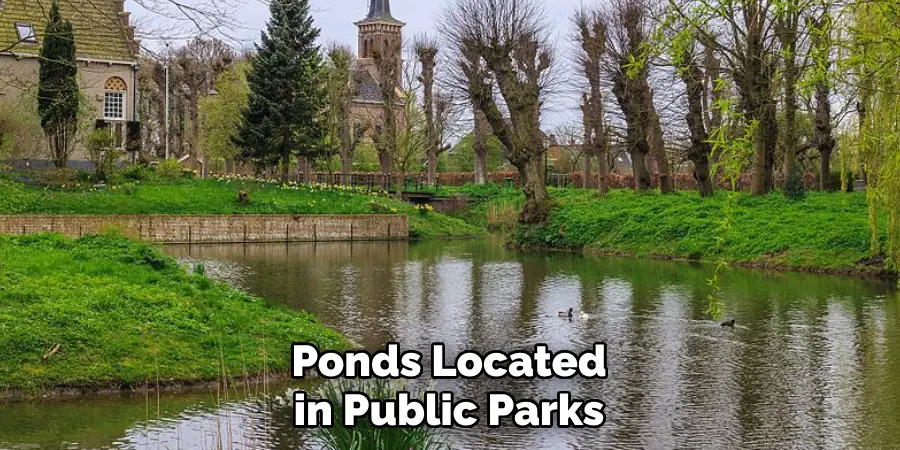
Ponds located in public parks or designated fishing areas are good options. You can also ask local bait and tackle shops or fellow anglers for recommendations. Remember always to respect the environment and practice responsible fishing practices if you do decide to catch any fish.
Can I Fish During Any Time of Day?
The best time to fish in ponds is typically early morning or late afternoon when fish are most active. However, it ultimately depends on the climate and time of year. Do some research or ask local experts for the best times to fish in your area. Now that you have all the information and tips for pond fishing get out there and enjoy this fun and relaxing activity!
What Are Some Popular Fish Found in Ponds?
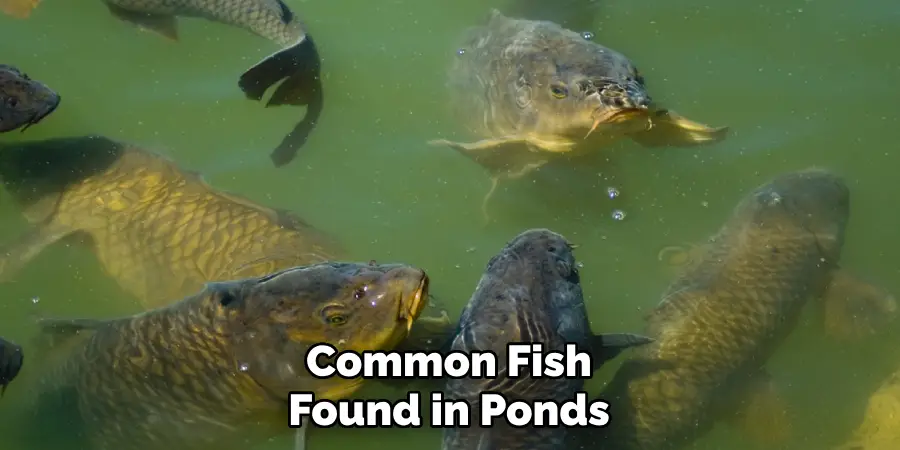
Some common fish found in ponds include bass, bluegill, catfish, and trout. However, this can vary depending on location and climate. Again, research or consult local experts for the best types of fish to target in your area.
Overall, pond fishing is a fun and rewarding experience that allows you to connect with nature and catch some great fish. With these tips and precautions, you can enjoy this activity while preserving ponds’ health for future generations.
Conclusion
In conclusion, there are several key indicators on how to tell if there are fish in a pond that can help you determine if there are fish in a pond. By observing the water’s surface for movement and ripples, listening for any splashing or feeding sounds, and looking for any signs of vegetation or structures that could provide habitat for fish, you can get a better idea of the pond’s inhabitants.
Additionally, taking note of any birds or other wildlife that may be present can also give you clues about the presence of fish in a pond. Remember to pay attention to the temperature and water quality, as these factors can significantly impact the survival and behavior of aquatic life. So, next time you come across a serene pond, remember to use these tips to see if any fish swim beneath the surface.

